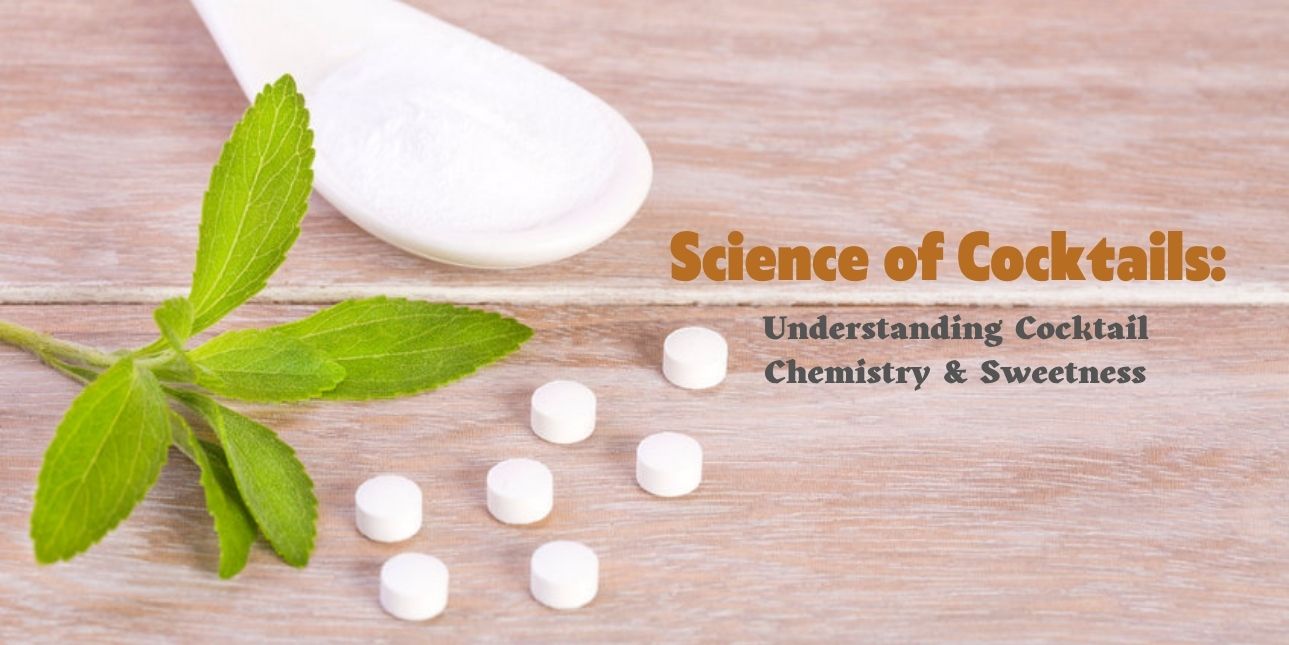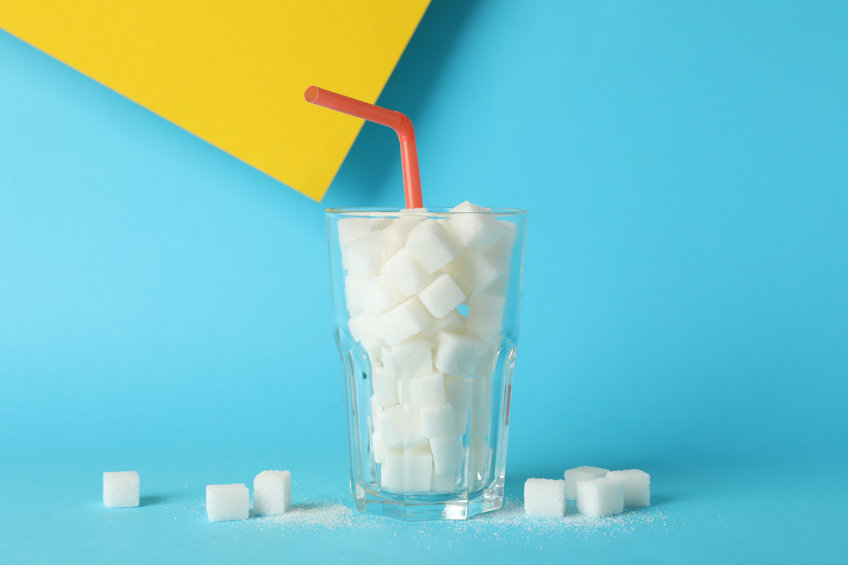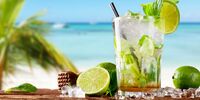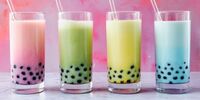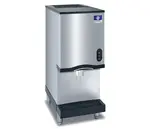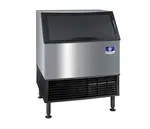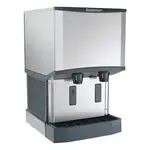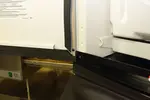Cocktails contain an array of ingredients, one of the most important being sugar. A cocktail sweetener can add great taste and balance to the drink, helping your customers enjoy their liquor. However, this begs the question, how much sugar is too sweet? The perception of sugar varies and is dictated by the presence of several other factors like condiments, liquor type, spices, and acidity. The sugar sweetness scale is a guide that can help mixologists decide how sweet certain cocktail sweeteners can get. However, research has shown that sweetness can also be perceived differently by different people, owing to things like the sensitivity of one’s taste buds, and even smell & color.
The science of cocktails can provide important insights into what really happens when you incorporate sweetener for alcoholic beverages and create a sugar cocktail. Sound knowledge of basic and cocktail chemistry can help you prepare more balanced tastes in the drinks you offer. Each customer might demand different levels of sweetness in their drink, and we can help you provide them the best by discussing essential insights in the passages to follow.
The Basics of Sugar and Cocktail Sweeteners
What people commonly refer to as sugar is in fact table sugar or sucrose. Sugar is a disaccharide or a combination of two units of simple sugars called monosaccharides. A single molecule of sucrose is formed by one molecule each of glucose and fructose. The most commonly used cocktail sweetener is sucrose or table sugar. There are several different natural sweeteners for alcoholic drinks including maple syrup, agave syrup, sorghum, molasses, honey, and coconut palm syrup. These sweeteners also contain fructose and glucose, albeit in different structural patterns and concentrations. There also exist natural cocktail sweeteners like stevia, that have entirely different structures called steviol glycosides. Apart from the natural options, sweet cocktails can also be made with artificial sweeteners such as aspartame or sucralose.
How to Measure Sweetness & The Sugar Sweetness Scale
All sweeteners, including sweeteners for alcoholic drinks, are measured on a sugar sweetness scale. The baseline is considered to be the number 1, which corresponds to sucrose’s reading. This is also referred to as the sweetness index. The sugar sweetness scale measures sweetness based on the dry weight of the substances. Sweeteners such as agave syrup measure 1.4, indicating a higher sweetness when compared to sugar. Other sweeteners like the artificial variants can measure several times the index of sucrose on the sugar sweetness scale. Natural sweeteners like maple syrup and coconut palm syrup contain additional elements like water, protein, enzymes, and other bioactive compounds that can affect the sweetness index.
The Perception of Sweetness
A variety of factors can play a role in how people perceive the taste of a sweet cocktail. While the activation of taste buds has an obvious role to play, researchers now find that taste perception is far more complex than previously thought. Individuals can perceive sweetness and other tastes differently, depending on certain predispositions like genetics, environmental factors like aesthetics, other compounds in the cocktail, and additional sensory perceptions like vision and smell. These factors contribute to creating resistant, sensitive, and hypersensitive perceptions of sweetness. The science of cocktails is heavily influenced by the perception of sweetness, as this changes for each individual. Creating cocktails based on their demands requires an understanding of how perceptive they are to sweet cocktails. While one customer may demand an extra shot of sugar syrup, the other might request no sugar at all. Complexities in cocktail chemistry are also dictated by the customer’s dietary preferences and the nature of liquor used. Drinks fermented from molasses and agave have a naturally sweet note, and such outliers must be considered before preparing cocktails.
Common Cocktail Sweeteners
Here’s a list of commonly used sweeteners for alcoholic drinks so you can prepare delightful and sweet cocktails:
- Table/ White Sugar: Purely composed of sucrose, table sugar is one of the most widely used sweeteners behind the bar. Its lack of aftertaste and ease of use promote its usage in every other cocktail, making it a universal choice. White sugar doesn’t alter cocktail chemistry too much, allowing you room to freely add in condiments, spices, and acidifiers as you see fit.
- Brown Sugar: While white sugar is completely refined and lacks any traces of molasses, its darker counterpart has a relatively higher content of the source material. The molasses add higher iron and calcium content, and also bring down the caloric value of the sugar by a small percentage. You can use brown sugar in almost every cocktail just like white sugar and prepare sugar cocktails just as simply.
- Unrefined Sugar: Unrefined sugars go through little or no processing in the sugar mill, giving them a dark and wet texture. These sugars have a high content of molasses, also leaving behind a bitter aftertaste. The usage of unrefined sugar is limited to a few drinks like sweet cocktails involving rum and scotch, as they can alter the taste profile of other drinks they pair with.
- Honey: Honey has a higher sweetness index when compared to table sugar, and also doesn’t mix as easily as its solid counterpart. Turning honey into a syrupy solution will help you address cocktail chemistry better, as the natural viscosity of honey hinders its solubility, especially when paired with ice.
- Maple Syrup: Another perfect natural alternative to sucrose, however, maple syrup, like honey, is sweeter, and mixologists must exercise caution while making use of this option. Maple syrup is a perfect sweetener for alcoholic drinks that involve dark spirits like rum, cognac, and whiskey.
- Agave Syrup: This sweetener is ideal for patrons that prefer vegan alternatives when it comes to cocktail sweeteners in their drinks. Agave syrup has several concentrations, and an important indicator is color. Darker syrups indicate sweeter notes. This natural and plant-based option is also sweeter than table sugar, making it important to use in moderation.
How to Make a Sugar Syrup for Sweet Cocktails
Sweet syrups for sugar cocktails are the easiest option when preparing a cocktail. Sweeteners for alcoholic drinks are rendered into a workable solution as this improves their solubility and gives you a more homogenous product. Here are a few steps to prepare a workable sugar syrup:
- The simpler method to preparing a sugar syrup involves mixing a ratio of either 1:1 water and sugar, or a 2:1 combination in a cocktail mixer until you arrive at a clear solution.
- The traditional method involves heating the 1:1 or 2:1 ratio over a saucepan until the sugar is dissolved, without bringing the solution to a boil.
- Adding these solutions to a cocktail mixer with liquor, condiments, and ice sourced from an ice machine will give you the perfect sugar cocktail.
Whether it’s a mojito or a margarita, understanding the science of cocktails and how to measure sweetness will ensure your bar delivers the best drinks in town. Learn more about equipping your bar by referring to our buying guides and help your profit margins reach new heights.

